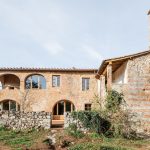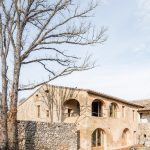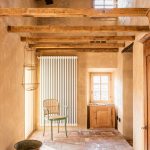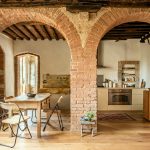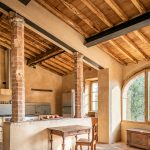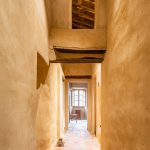restoration of the vicarage
and parish church
of san giusto a balli
sovicille (si)2021
Restoring an 11th century parish church means knowing its history and, above all, the causes of its abandonment, sometimes for historicized but incongruous interventions and harmful to its most intimate organism. The complex consists of two buildings of different origins, the church and the vicarage, the result of overlaps occurred over time, some of significant historical value, other additions of recent eras, lacking in value and easily recognizable, as well as a small walled cemetery owned by the municipality.
- © Andrea Ceriani
- © Andrea Ceriani
- © Andrea Ceriani
- © Andrea Ceriani
- © Andrea Ceriani
- © Andrea Ceriani
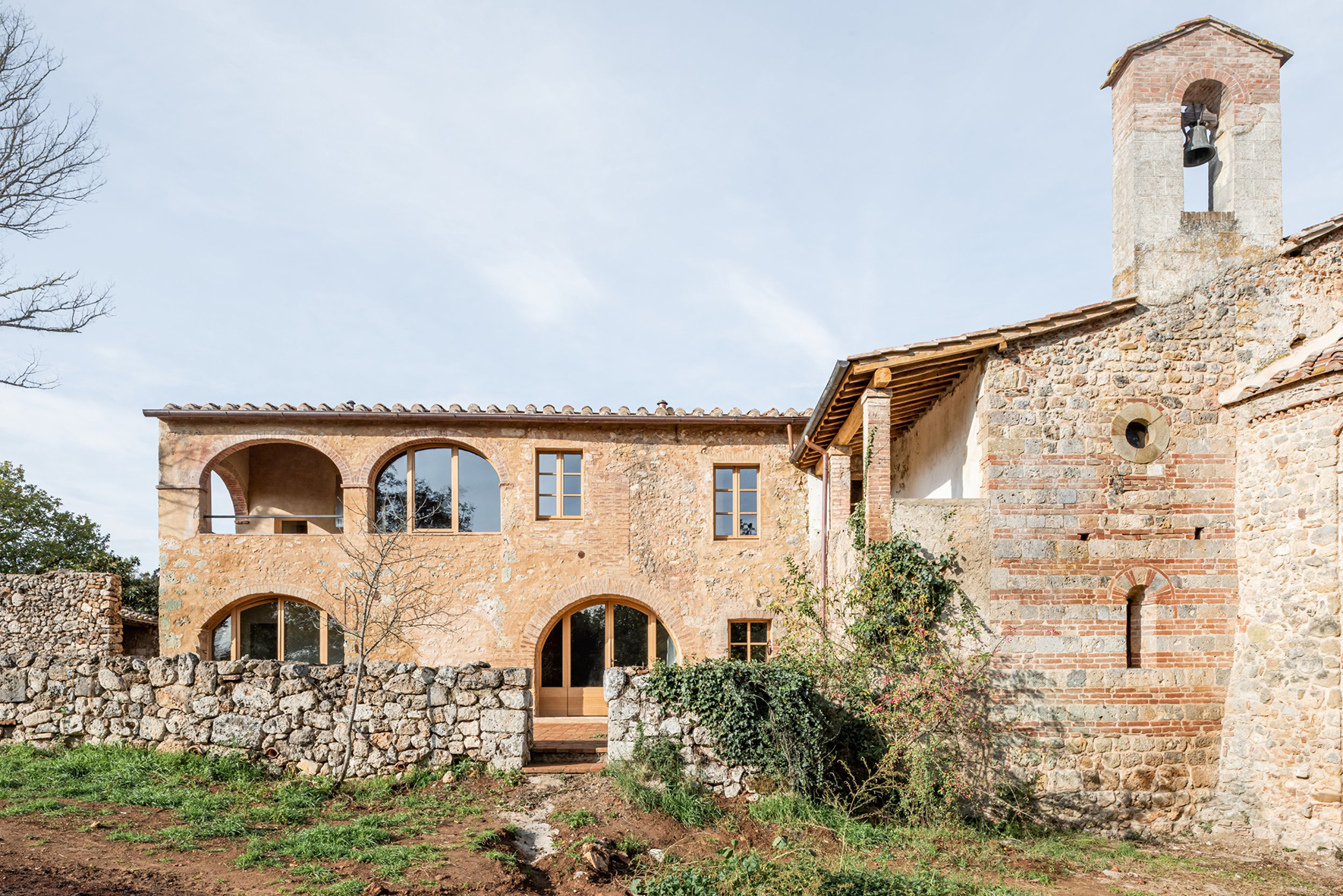
© Andrea Ceriani
The process considers the introductory and supporting cognitive act to the design choices, a prerequisite for a method necessary for critical investigation and the consequent restoration project. The intervention is then preceded by a careful analysis of material and historical stratigraphic supporting the necessary typological and morphological choices, in order to make the monumental complex habitable again.
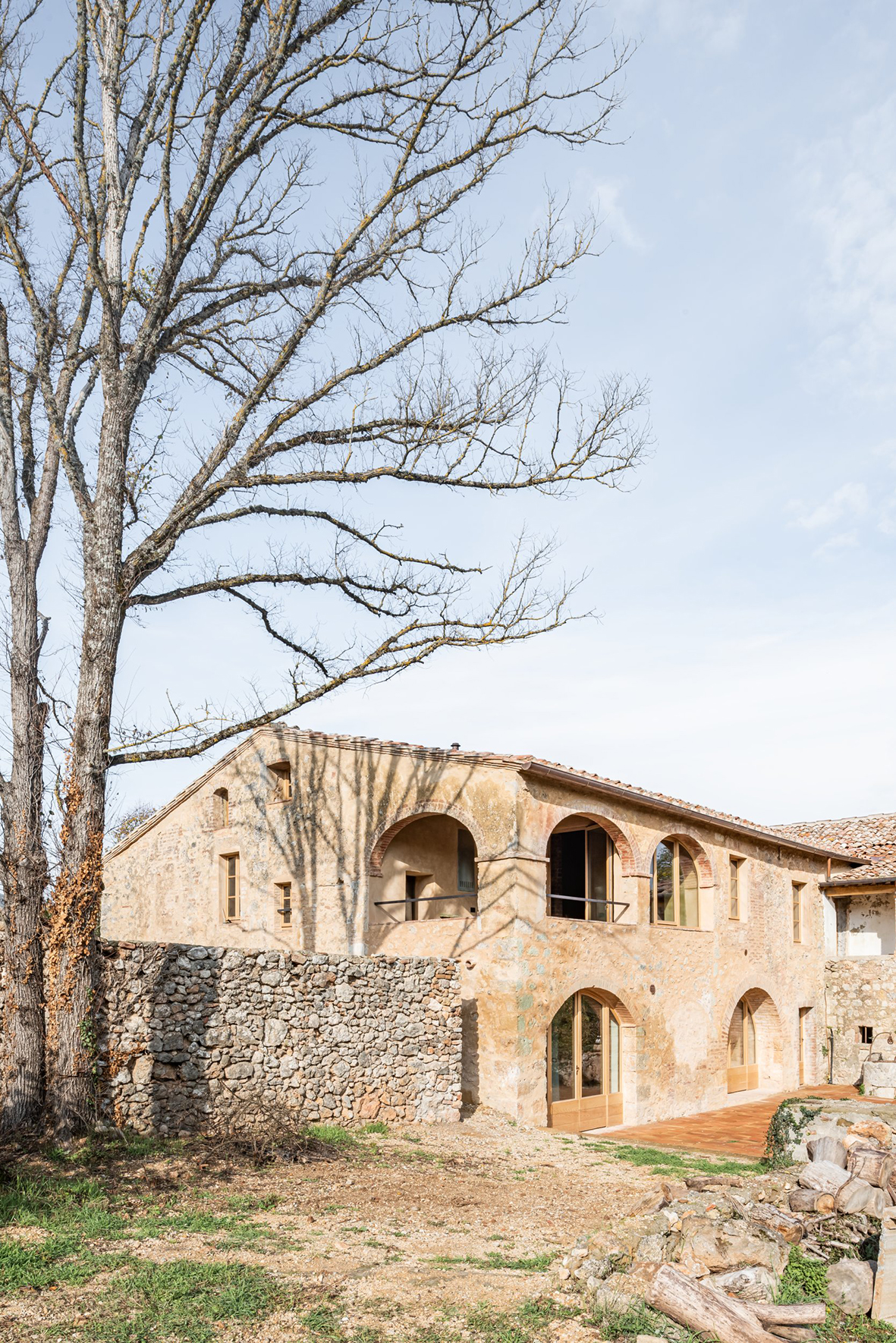
© Andrea Ceriani
Having a sufficiently complete knowledge of the building, has allowed us to understand how, throughout its history, the change of the use, of the connecting paths, of the openings, the addition or removal of entire portions of the building has certainly been the most effective and useful means of ensuring its preservation.
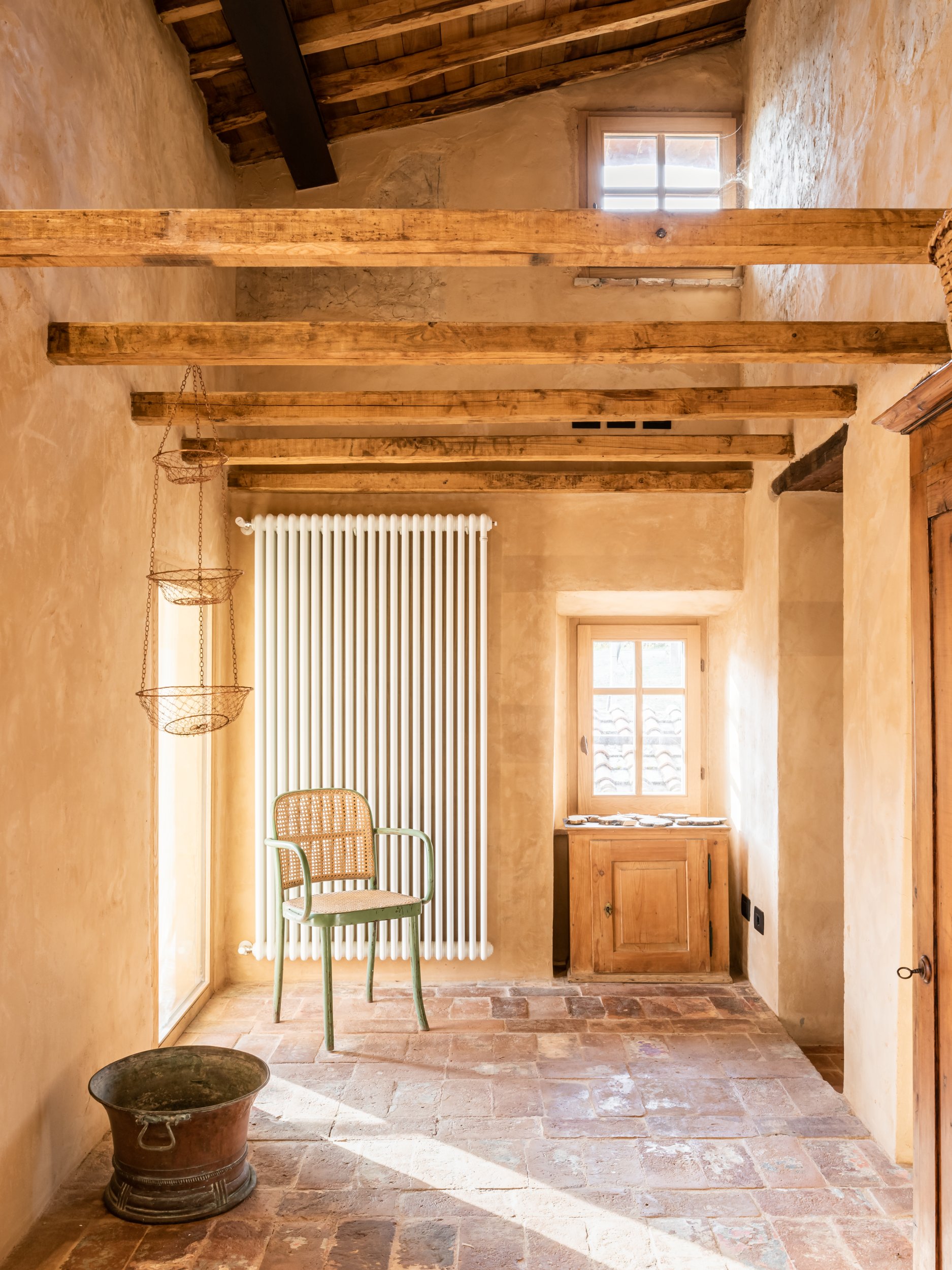
© Andrea Ceriani
The restoration works are therefore integrated with theoretical and methodological unity in the historical text with a contemporary language consistent with the monumental and documentary evidence. History, together with listening to the monument and the state of the places, was ultimately the main track, the most important project leader who guided and directed every choice of intervention, characterized by a series of changes that we consider strongly improving the overall preservation of the historical good.
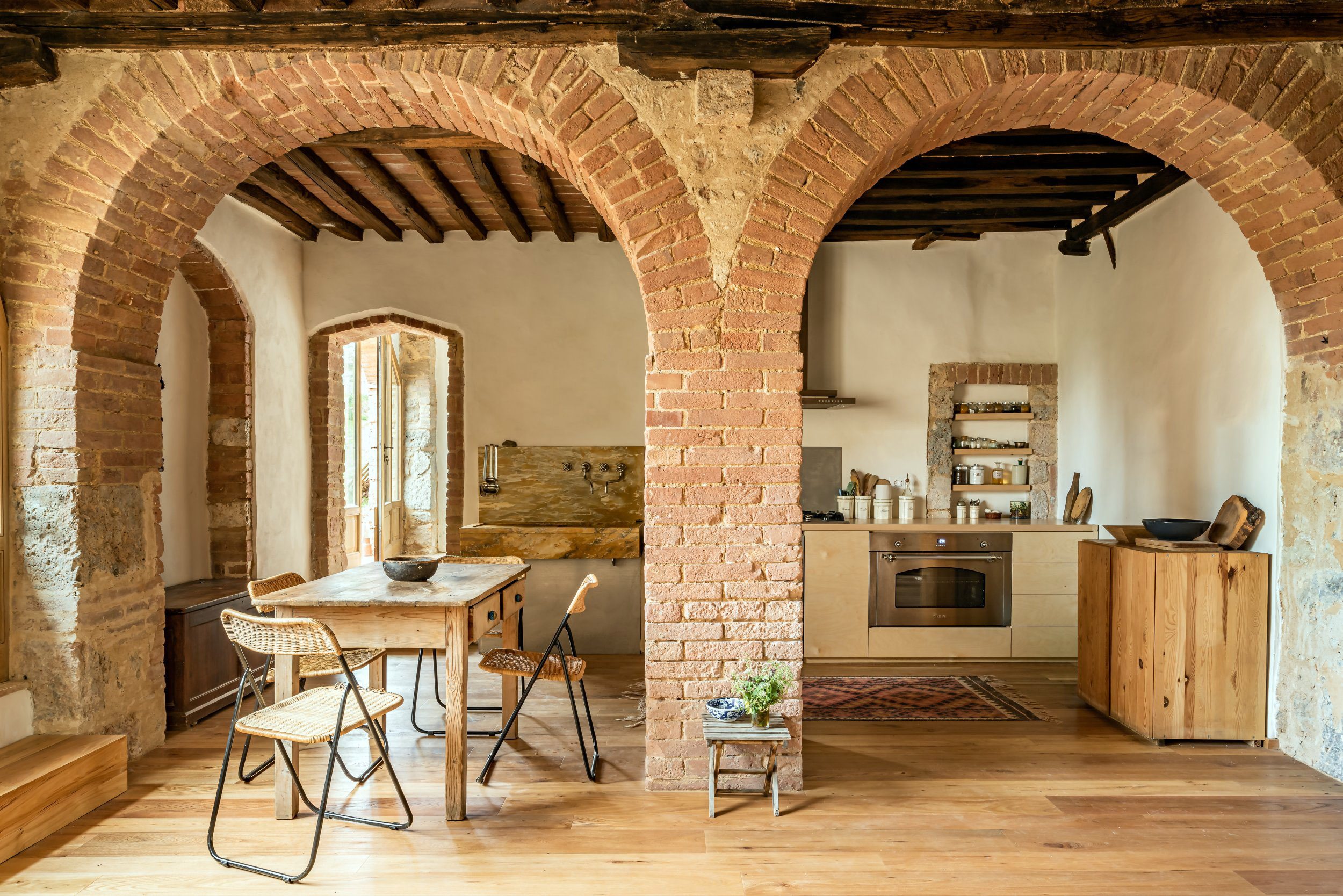
© Andrea Ceriani
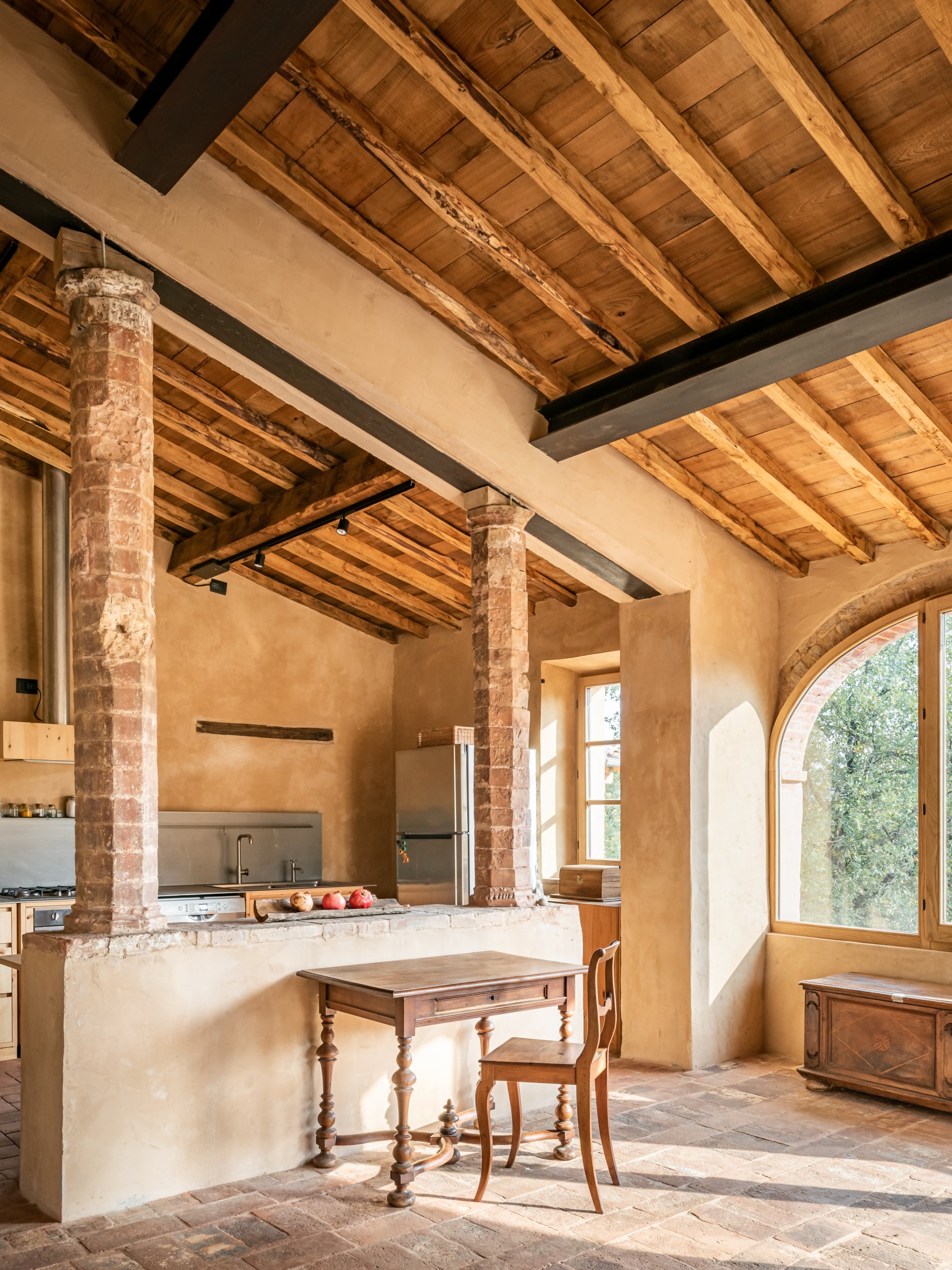
© Andrea Ceriani
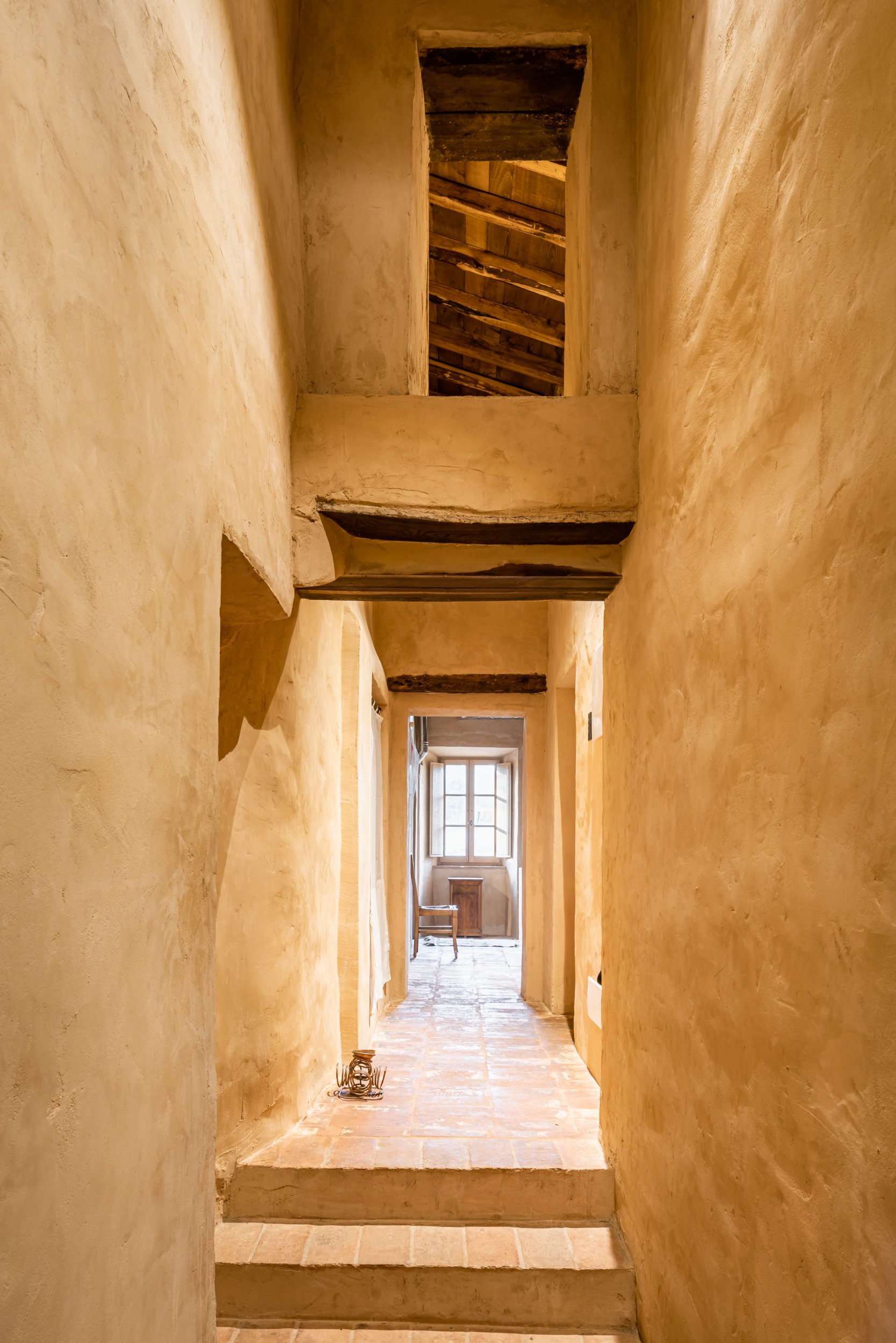
© Andrea Ceriani
